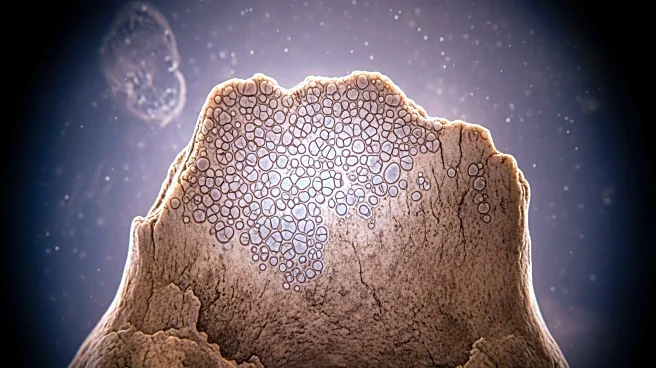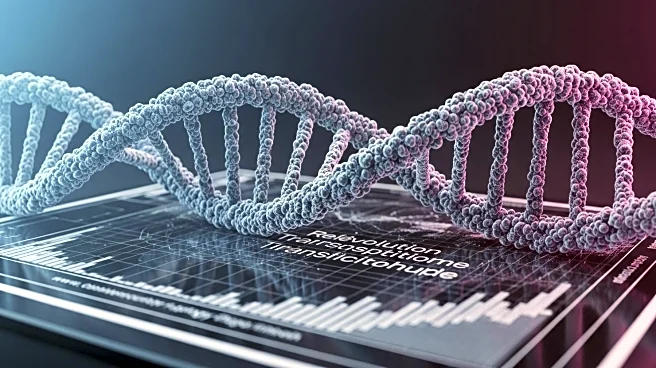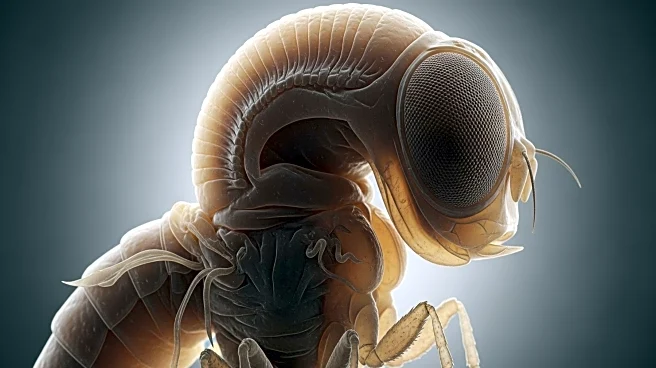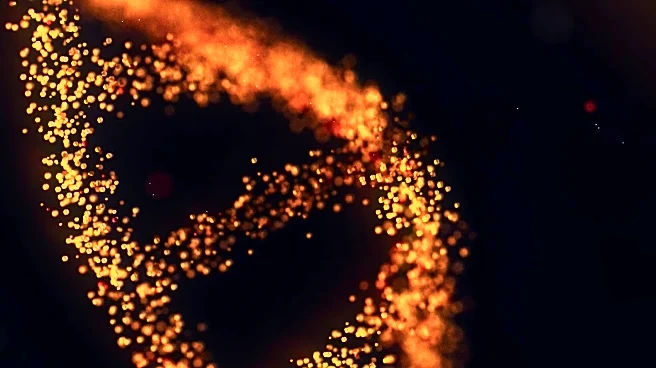What's Happening?
A study published in Cell has uncovered the oldest microbial DNA ever sequenced, revealing pathogenic bacteria in the mouths of ancient mammoths. Researchers analyzed samples from 483 mammoths, dating back over a million years, to identify microorganisms that lived in their bodies. The study found bacterial strains similar to those causing blood poisoning in modern African elephants, including Actinobacillus and Pasteurella. These findings suggest that similar pathogens may have contributed to the extinction of mammoths. The research provides insights into the microbiomes of ancient animals and their potential role in adaptation and extinction.
Why It's Important?
This study offers a unique glimpse into the microbiomes of prehistoric animals, potentially reshaping our understanding of ancient ecosystems and extinction events. By identifying pathogenic bacteria in mammoths, researchers can explore how these microorganisms might have influenced the health and survival of ancient species. The findings could lead to new perspectives on the role of microbes in evolutionary processes and environmental adaptation. Additionally, understanding the microbial interactions in extinct species may inform conservation efforts for modern animals facing similar threats.
Beyond the Headlines
The discovery of ancient microbial DNA opens new avenues for research into the evolutionary history of pathogens and their impact on host species. It raises questions about the co-evolution of microbes and mammals, and how these relationships have shaped biodiversity over time. The study also highlights the potential for using ancient DNA to reconstruct past environments and understand the factors contributing to species extinction.











